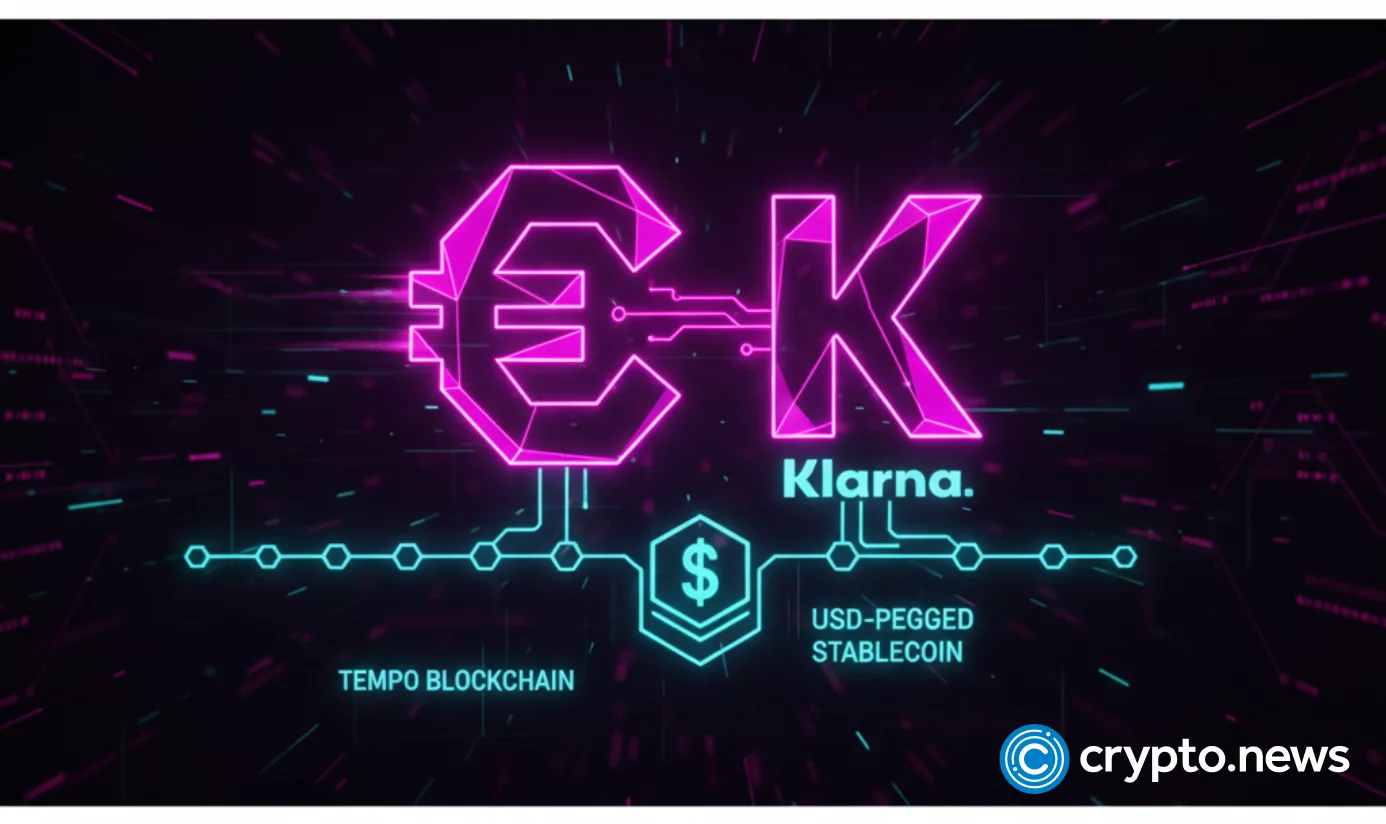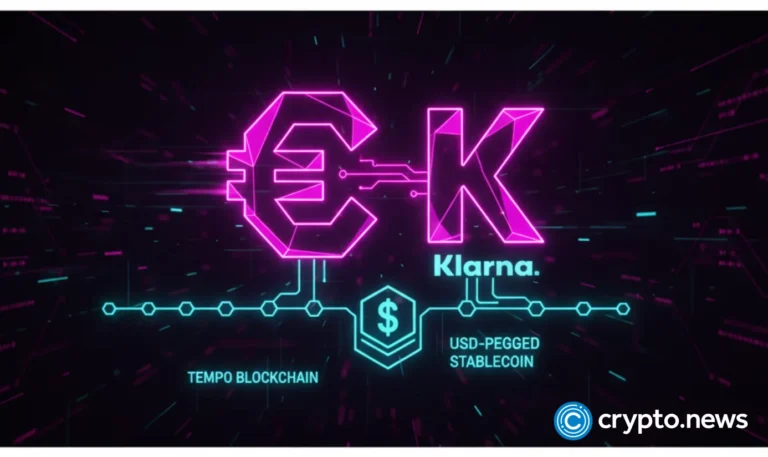
Swedish fintech giant Klarna is dipping its toes — or maybe its entire checkbook — into the crypto pool with the launch of a USD-pegged stablecoin.
Summary
- Klarna’s new stablecoin has a mainnet rollout planned for 2026 and future expansion to merchants and consumers.
- The objective is to reduce costs and improve efficiency, leveraging Stripe’s Bridge infrastructure.
- Klarna is joining other major firms in the growing $304 billion stablecoin market.
KlarnaUSD, built on Tempo, the layer-1 blockchain developed by Stripe and Paradigm. The token is live on Tempo’s testnet, with a full mainnet rollout planned for 2026. KlarnaUSD is being issued via Bridge, Stripe’s stablecoin infrastructure, making Klarna the first financial institution to issue a token on the network.
Initially, KlarnaUSD will be used internally to smooth cross-border payments, aiming to slash costs that collectively total around $120 billion a year. Once internal testing wraps, the company plans to extend the stablecoin to merchants and consumers — though don’t expect to buy your next pair of sneakers on KlarnaUSD just yet.
Klarna’s CEO, Sebastian Siemiatkowski, described the launch as the start of a broader strategy, saying crypto is now “fast, low-cost, secure, and built for scale.” With over 114 million customers and $112 billion in annual gross merchandise volume, Klarna isn’t exactly starting small.
Industry watchers note that blockchain payment rails could reduce international payment costs by up to 90% versus traditional networks. Stripe already handles a significant portion of Klarna’s payment traffic, and Tempo provides the underlying infrastructure for settlements.
Experts like Nikhil Chandhok from Circle have highlighted the efficiency potential, suggesting users could link crypto wallets to Klarna for smoother international transactions.
Klarna joins growing wave of corporate-backed stablecoins
The stablecoin market has swelled to around $304 billion in capitalization and $27 trillion in annual transaction volume. With U.S. legislation like the GENIUS Act now in place, Klarna joins players like MetaMask, Western Union, and Visa in testing how digital dollars can reshape payments.
For Klarna, the stablecoin is also part of its post-IPO push in the U.S., following a $1.37 billion listing on the NYSE. Siemiatkowski has been vocal on social media about integrating crypto into Klarna’s platform and soliciting community input — a hint that this is just the beginning of the fintech giant’s blockchain ambitions.
In short: KlarnaUSD may not yet replace your debit card, but it could soon make sending money across borders faster, cheaper, and perhaps just a little more fun.



